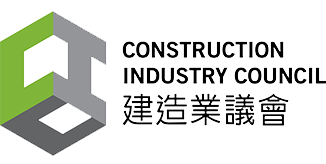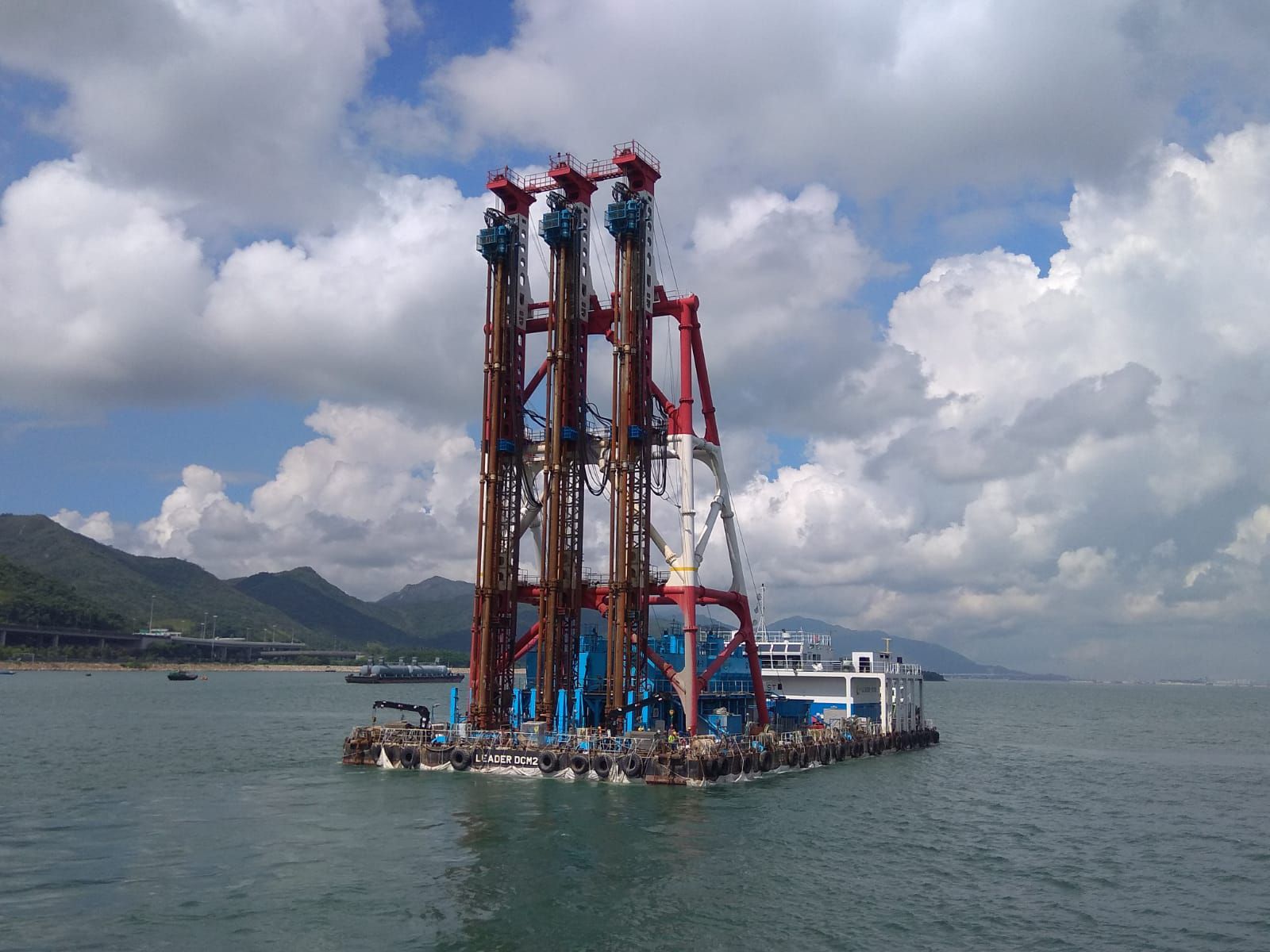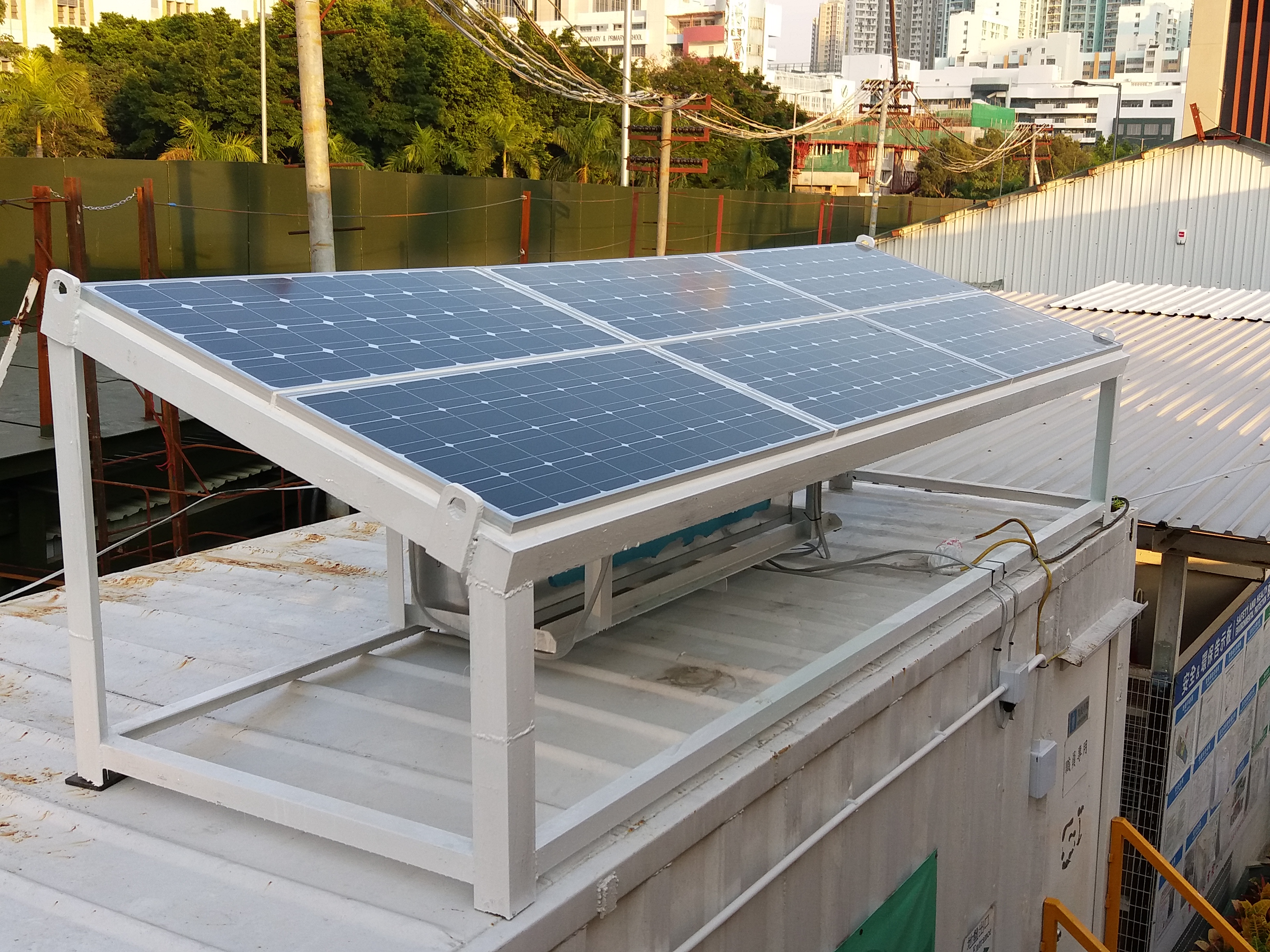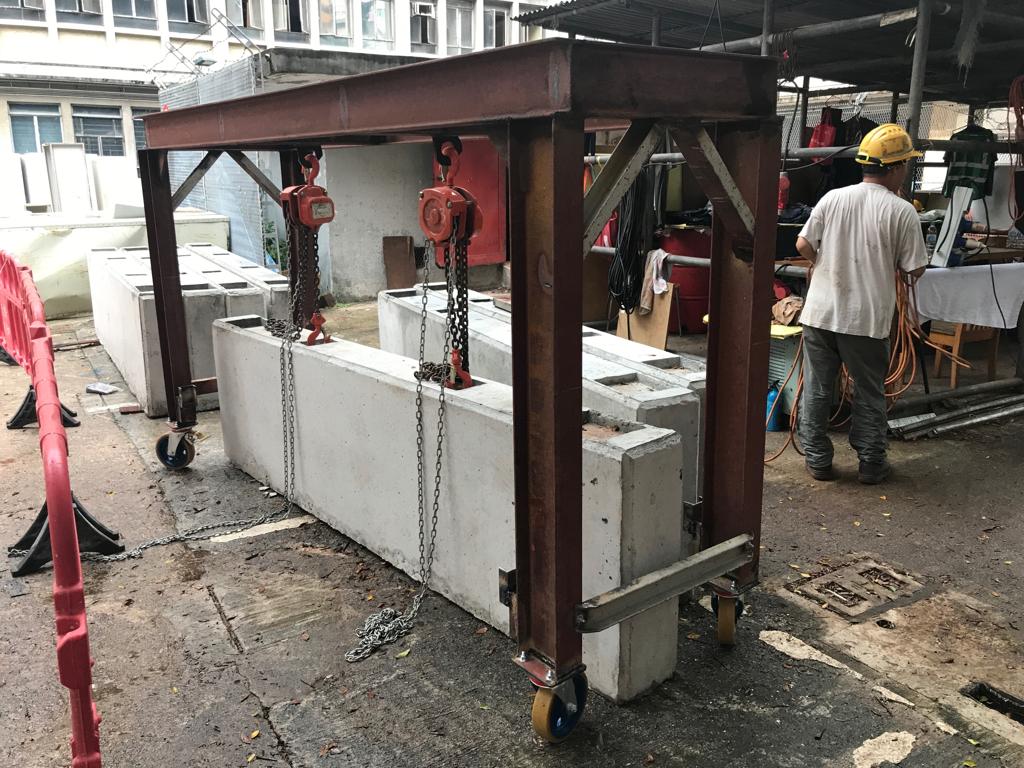Example of applications:
- Weighbridge on site for waste disposal monitoring
Low Cost applications:
- Waste management plan
- Waste generation and reduction management approach for inert C&D and non-inert C&D materials:
- Inert C&D materials (e.g. sand, bricks and concrete):
- Exploration of land reclamation options;
- Recycling of construction waste (i.e. concrete, masonry rubble and granular materials) for using as pavement sub-bases, trench backfilling material, drainage fill, etc.)
- Disposal to public fills
- Non-inert material (e.g. bamboo, wood, paper, vegetation and organic materials):
- Proper disposal to landfills and no illegal fly tipping
- Exploration of recycling and reuse options
- Inert C&D materials (e.g. sand, bricks and concrete):
- Space for sorting and segregation of construction and demolition materials, recyclable materials and chemical waste
- Specific area on site for metal waste collection
- Chemical waste record control
- Apply waste management hierarchy and approach, 4R concept: Reduce, Reuse, Recycle, Replace in construction sites level, for example:
- Reduction: use of tower working platforms for renovation work instead of bamboo scaffolding
- Reuse: reuse offsite office building materials; reuse of concrete for backfilling
- Replacement: timber from well-managed forests
- Recycling: waste sorting area
- Reduction of construction waste by recycling and/or reusing,e.g.
- Recycling of damaged concrete slabs for backfilling on site
- Recycling and reuse of rejected concrete for hard paving on site
- Recycling of waste metal
- Recycling and reuse of site facilities, including water tanks, barriers, water-filled barriers and metal scaffolding from other projects
- Up-cycling banner or re-use it in other sites
- Food waste recycling using food composters
- Paper recycling
- Coordination with neighbouring sites about construction backfilling reuse
- Recycling of brick for road paving
- Cement packaging recycling to suppliers
- Chemical drum recycling to suppliers
- Recycling of rock fill material for backfilling on other project sites
- Delivery of broken concrete to other sites for reuse
- Recycling of temporary wood and waste wood
- Recycling of original metal from link bridges
- Recycling of glass windows
- Recycling of existing road surface asphalt bedding to asphalt manufacturer
- WEEE recycling for electronic waste
- Recycling of C&D waste backfill to private or government sites
- Donate waste from tree felling to NGO for fertilizer
- Exploration of alternative disposal grounds for recycling C&D waste by main contractor, the alternative grounds to include main contractor’s other private and public sector project sites
- Waste monitoring and audit, compiling and verifying Waste flow table records
- Packaging control and recycling programme with suppliers
- Recycled Wood Plastic Composite, e.g. “Zen‧wood”
Sustainability KPI:
- Waste generation using waste flow table to record types of waste generated on site (tones/m3)
- Percentage of construction and demolition waste recycled by the end of the project (%)
- Percentage of construction waste recycling, per project (%)
- Percentage of waste metal recycled, per project (%)
- Percentage of temporary wood and wood pallets recycled, per project (%)
- Percentage of paper recycled, per project (%)
- Percentage of temporary construction materials recycled, per project (%)
- Percentage of construction material reused in other sites, per project (%)










